If your kitchen light suddenly stops working, it can be frustrating and inconvenient. Not only does it affect your ability to see and use your kitchen, but it can also be a safety hazard. However, before you call an electrician or rush to buy a new light fixture, there are a few steps you can take to try and fix the issue. First, check to see if the light bulb is the problem. Make sure it is screwed in securely and try replacing it with a new one. If the light still doesn't turn on, it could be an issue with the starter.How to Fix a Kitchen Light That is Not Working
A starter is a small, round device that helps to kickstart the light bulb in a fluorescent light fixture. Over time, starters can wear out and need to be replaced. Here's how to do it: Step 1: Turn off the power to the light fixture by switching off the circuit breaker or unplugging it from the outlet. Step 2: Remove the cover or diffuser from the light fixture to access the bulb and starter. Step 3: Locate the starter, which is typically a small, round object near the bulb. Step 4: Gently twist the starter counterclockwise and pull it out of the socket. Step 5: Insert the new starter into the socket and twist it clockwise to secure it in place. Step 6: Replace the cover or diffuser and turn the power back on to the light fixture. The light should turn on now if the starter was the issue.How to Replace a Starter in a Kitchen Light
If replacing the starter did not fix the issue, there may be other factors at play. Here are some troubleshooting tips to try: Check the power: Make sure the light fixture is receiving power by testing the outlet with a different appliance. If the outlet is not working, you may need to reset the circuit breaker or call an electrician. Inspect the wiring: Over time, the wiring in a light fixture can become loose or damaged, causing the light to not work. Carefully inspect the wiring and make sure all connections are secure. Clean the contacts: The contacts in the light fixture can become dirty or corroded, preventing the light from turning on. Use a small brush or cloth to gently clean the contacts and try turning on the light again. Replace the ballast: If the light still won't turn on, the ballast may be the problem. The ballast is a device that regulates the electrical current to the light bulbs. You may need to replace it if it is faulty.Troubleshooting Tips for a Kitchen Light That Won't Turn On
If the starter was the issue, you can save time and money by replacing it yourself. Here's how: Step 1: Purchase a new starter that is compatible with your light fixture. Step 2: Follow the steps outlined in the previous section to replace the starter. Step 3: Dispose of the old starter properly, as it contains hazardous materials.Replacing a Faulty Starter in Your Kitchen Light Fixture
There are several reasons why your kitchen light may not be working. Some common causes include: Dead light bulb: As mentioned earlier, a dead light bulb is a common culprit. Always check the bulb first before assuming it's a bigger issue. Loose wiring: Over time, the wiring in a light fixture can become loose and cause the light to not work. This can happen from frequent use or from the fixture being bumped or moved. Dirty contacts: As mentioned earlier, dirty contacts can also prevent a light from turning on. Regularly cleaning your light fixtures can help prevent this issue. Worn out starter: Starters can wear out over time and need to be replaced. This is a relatively easy fix and can save you from having to replace the entire light fixture. Bad ballast: If the ballast is faulty, the light will not turn on. This is a more complicated issue and may require the help of an electrician.Common Causes of a Kitchen Light Not Working
Fluorescent lights, commonly used in kitchens, require a starter to turn on. Here's how to replace a starter in a fluorescent light fixture: Step 1: Turn off the power to the light fixture. Step 2: Remove the cover or diffuser from the fixture to access the bulb and starter. Step 3: Locate the starter, which is typically a small, round object near the bulb. Step 4: Gently press and twist the starter counterclockwise to remove it from the socket. Step 5: Insert the new starter into the socket and twist it clockwise to secure it in place. Step 6: Replace the cover or diffuser and turn the power back on. The light should now turn on.Replacing a Fluorescent Light Starter in Your Kitchen
If you're not sure what the issue is, here's a step-by-step guide to help diagnose and fix a kitchen light that won't turn on: Step 1: Check the light bulb by replacing it with a new one. Step 2: If the light still won't turn on, check the starter by following the steps outlined earlier. Step 3: If the starter is not the issue, check the power by testing the outlet with a different appliance. Step 4: If the outlet is working, inspect the wiring and connections in the light fixture. Step 5: If everything looks fine, try replacing the ballast. Step 6: If none of these solutions work, it may be a more complicated issue and you may need to call an electrician.How to Diagnose and Fix a Kitchen Light That Won't Turn On
If your kitchen has a fluorescent light fixture that uses a starter, here's how to replace it: Step 1: Purchase a new starter that is compatible with your light fixture. Step 2: Follow the steps outlined earlier to replace the starter. Step 3: Dispose of the old starter properly.Replacing a Starter in a Fluorescent Kitchen Light Fixture
If you're dealing with a kitchen light that is not working, here are some simple steps you can follow to try and fix the issue: Step 1: Check the light bulb and replace it if necessary. Step 2: If the bulb is not the problem, check the starter and replace it if needed. Step 3: If the starter is not the issue, check the power and wiring in the light fixture. Step 4: Try replacing the ballast if all else fails.Simple Steps to Fix a Kitchen Light That is Not Working
If you're having trouble getting your kitchen light to turn on, here are some troubleshooting and repair tips to try: Step 1: Check the power by testing the outlet with a different appliance. Step 2: If the outlet is working, inspect the wiring and connections in the light fixture. Step 3: Clean the contacts and replace the bulb and starter if necessary. Step 4: If the light still won't turn on, try replacing the ballast. Step 5: If none of these solutions work, it may be a more complicated issue and you may need to call an electrician. In conclusion, a kitchen light not working can be a frustrating issue, but it can often be fixed with a few simple steps. By checking the bulb, starter, power, and wiring, and replacing any faulty components, you can get your kitchen light back up and running in no time. Remember to always take proper safety precautions and call a professional if you are unsure or uncomfortable with DIY repairs.How to Troubleshoot and Repair a Kitchen Light That Won't Turn On
Kitchen Light Not Working: A Common Problem in House Design

The Importance of Proper Lighting in House Design
 When it comes to designing a house, lighting is often overlooked but plays a crucial role in creating a functional and aesthetically pleasing space. It not only provides necessary illumination for daily tasks but also sets the mood and atmosphere of a room. That's why when a kitchen light is not working, it can be frustrating and disruptive to the overall design of the house.
Kitchen Light Not Working: A Common Issue
One of the most common problems encountered in house design is a kitchen light not working. This can be caused by various factors, such as a faulty starter, a blown fuse, or simply a burned-out light bulb. While it may seem like a minor issue, it can significantly affect the functionality and design of your kitchen.
When it comes to designing a house, lighting is often overlooked but plays a crucial role in creating a functional and aesthetically pleasing space. It not only provides necessary illumination for daily tasks but also sets the mood and atmosphere of a room. That's why when a kitchen light is not working, it can be frustrating and disruptive to the overall design of the house.
Kitchen Light Not Working: A Common Issue
One of the most common problems encountered in house design is a kitchen light not working. This can be caused by various factors, such as a faulty starter, a blown fuse, or simply a burned-out light bulb. While it may seem like a minor issue, it can significantly affect the functionality and design of your kitchen.
The Impact of a Kitchen Light Not Working
 A kitchen is a space where we spend a significant amount of time, whether it's cooking, eating, or socializing with family and friends. Without proper lighting, performing daily tasks can become difficult and even hazardous. It can also make the space feel dull and uninviting, affecting the overall ambiance of the kitchen.
Addressing the Issue
Fortunately, a kitchen light not working is a relatively easy problem to fix. If it is simply a burned-out bulb, replacing it with a new one can solve the issue. However, if it is caused by a faulty starter or blown fuse, it may require the expertise of an electrician. It is essential to address the issue promptly to avoid any inconvenience and ensure the proper functioning of your kitchen's lighting.
A kitchen is a space where we spend a significant amount of time, whether it's cooking, eating, or socializing with family and friends. Without proper lighting, performing daily tasks can become difficult and even hazardous. It can also make the space feel dull and uninviting, affecting the overall ambiance of the kitchen.
Addressing the Issue
Fortunately, a kitchen light not working is a relatively easy problem to fix. If it is simply a burned-out bulb, replacing it with a new one can solve the issue. However, if it is caused by a faulty starter or blown fuse, it may require the expertise of an electrician. It is essential to address the issue promptly to avoid any inconvenience and ensure the proper functioning of your kitchen's lighting.
The Role of Lighting in House Design
 Aside from providing illumination, lighting also plays a significant role in house design. It can highlight architectural features, create visual interest, and enhance the overall design aesthetic. In the kitchen, proper lighting can make the space feel more spacious and inviting. It can also help in highlighting specific areas, such as the countertop or kitchen island, making them more functional and visually appealing.
In Conclusion
In conclusion, a kitchen light not working is a common problem in house design that should not be ignored. It is essential to address the issue promptly to ensure the proper functioning of your kitchen and maintain the overall design aesthetic of your house. With the right lighting, you can create a functional and visually appealing space that meets your needs and reflects your personal style.
Aside from providing illumination, lighting also plays a significant role in house design. It can highlight architectural features, create visual interest, and enhance the overall design aesthetic. In the kitchen, proper lighting can make the space feel more spacious and inviting. It can also help in highlighting specific areas, such as the countertop or kitchen island, making them more functional and visually appealing.
In Conclusion
In conclusion, a kitchen light not working is a common problem in house design that should not be ignored. It is essential to address the issue promptly to ensure the proper functioning of your kitchen and maintain the overall design aesthetic of your house. With the right lighting, you can create a functional and visually appealing space that meets your needs and reflects your personal style.
Kitchen Light Not Working: A Common Problem in House Design

The Importance of Proper Lighting in House Design

When it comes to designing a house, lighting is often overlooked but plays a crucial role in creating a functional and aesthetically pleasing space. It not only provides necessary illumination for daily tasks but also sets the mood and atmosphere of a room. That's why when a kitchen light is not working, it can be frustrating and disruptive to the overall design of the house.
The Impact of a Kitchen Light Not Working
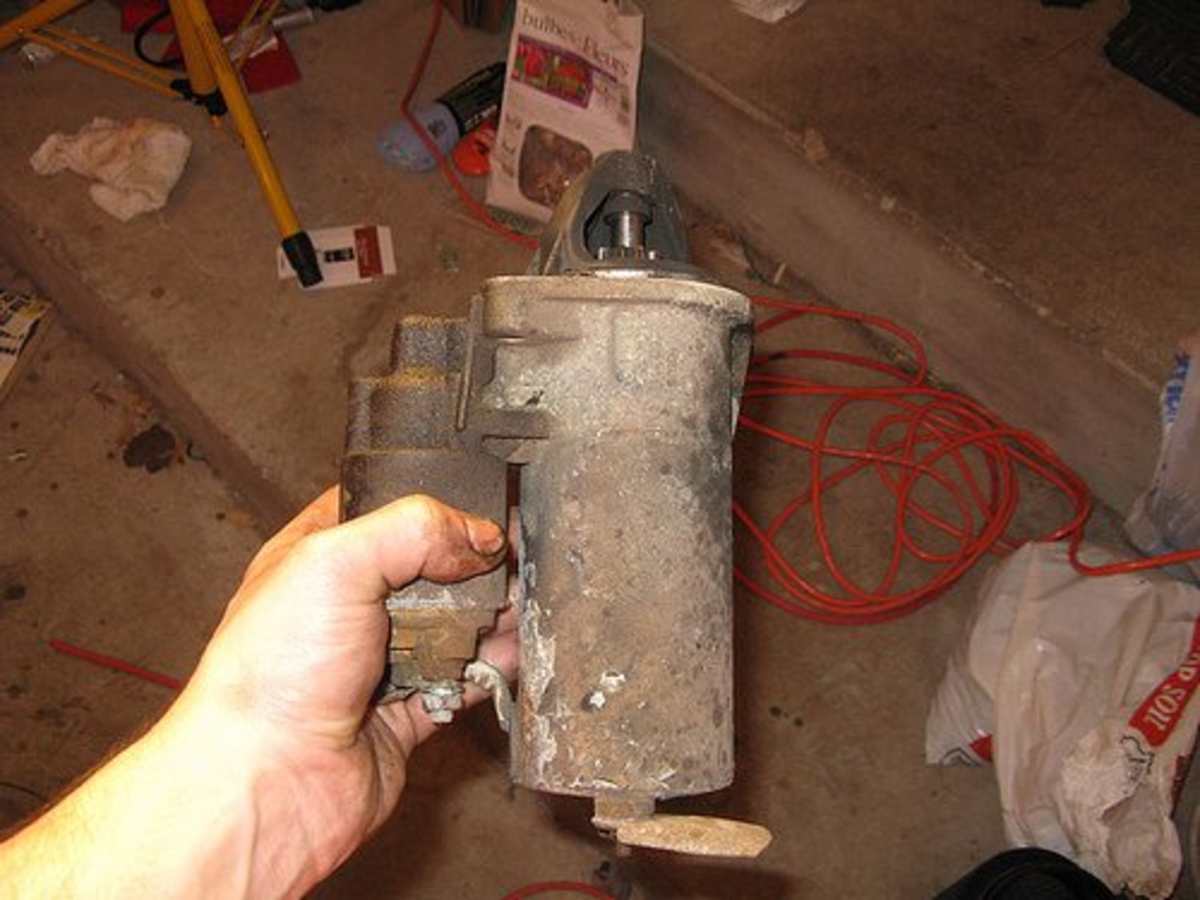
A kitchen is a space where we spend a significant amount of time, whether it's cooking, eating, or socializing with family and friends. Without proper lighting, performing daily tasks can become difficult and even hazardous. It can also make the space feel dull and uninviting, affecting the overall ambiance of the kitchen.
The Role of Lighting in House Design
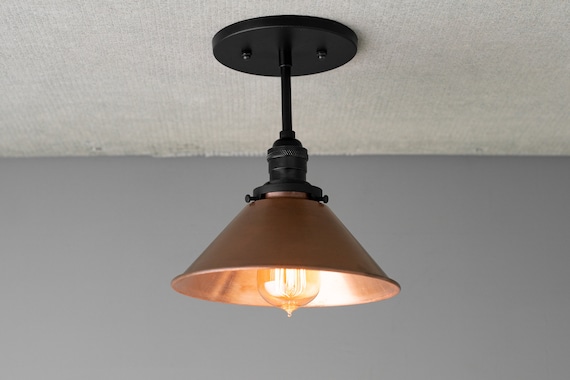
Aside from providing illumination, lighting also plays a significant role in house design. It can highlight architectural features, create visual interest, and enhance the overall design aesthetic. In the kitchen, proper lighting can make the space feel more spacious and inviting. It can also help in highlighting specific areas, such as the countertop or kitchen island, making them more functional and visually appealing.
Addressing the Issue
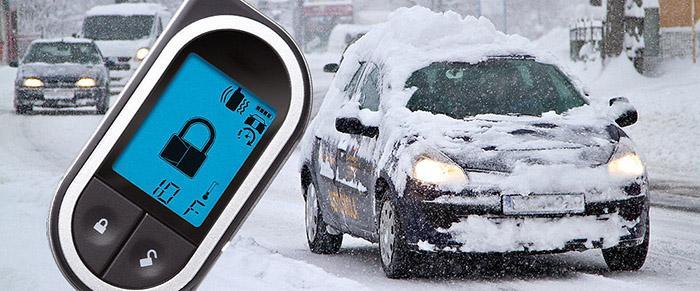
Fortunately, a kitchen light not working is a relatively easy problem to fix. If it is simply a burned-out bulb, replacing it with a new one can solve the issue. However, if it is caused by a faulty starter or blown fuse, it may require the expertise of an electrician. It is essential to address the issue promptly to avoid any inconvenience and ensure the proper functioning of your kitchen's lighting.
In ConclusionIn conclusion, a kitchen light not working is a common problem in house design that should not be ignored. It is essential to address the issue promptly to ensure the proper functioning of your kitchen and maintain the overall design aesthetic of your house. With the right lighting, you can create a functional and visually appealing space that meets your needs and reflects your personal style.















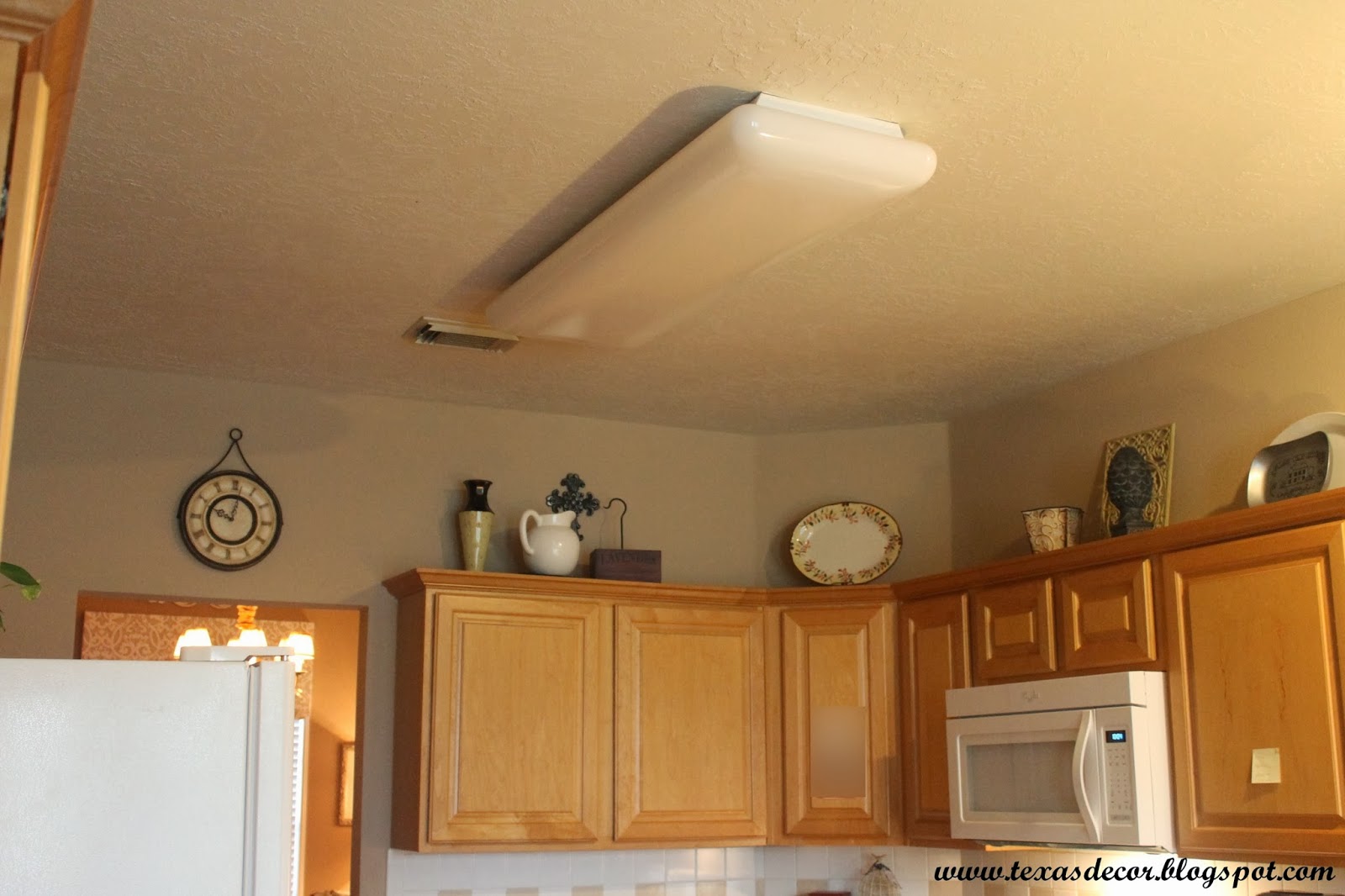

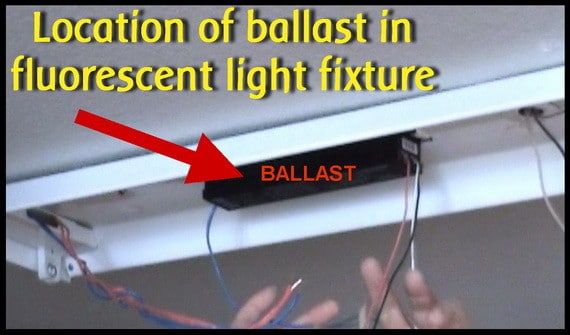

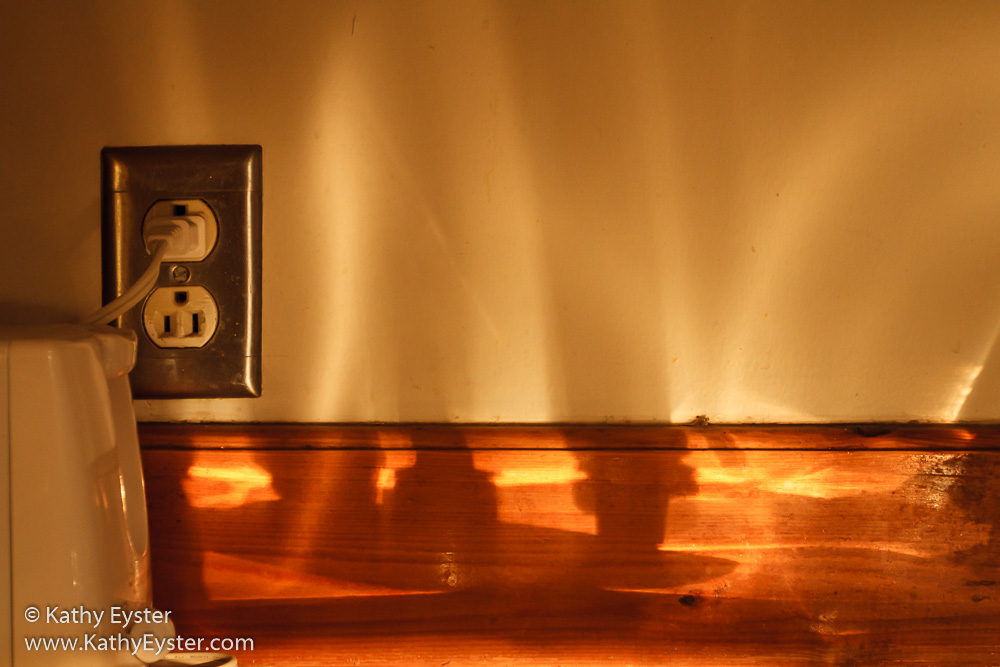
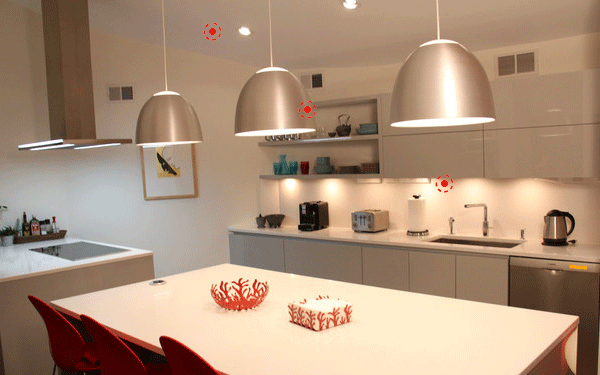


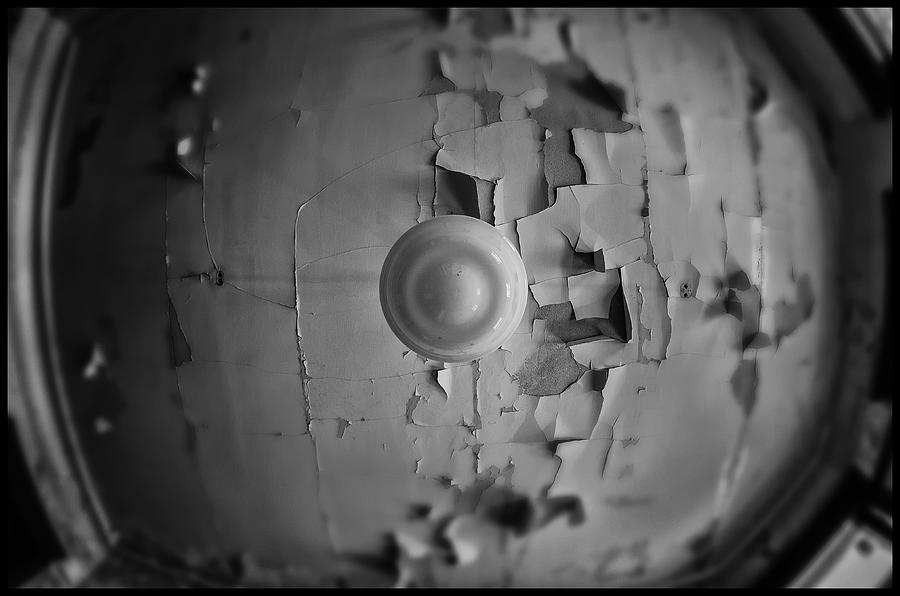

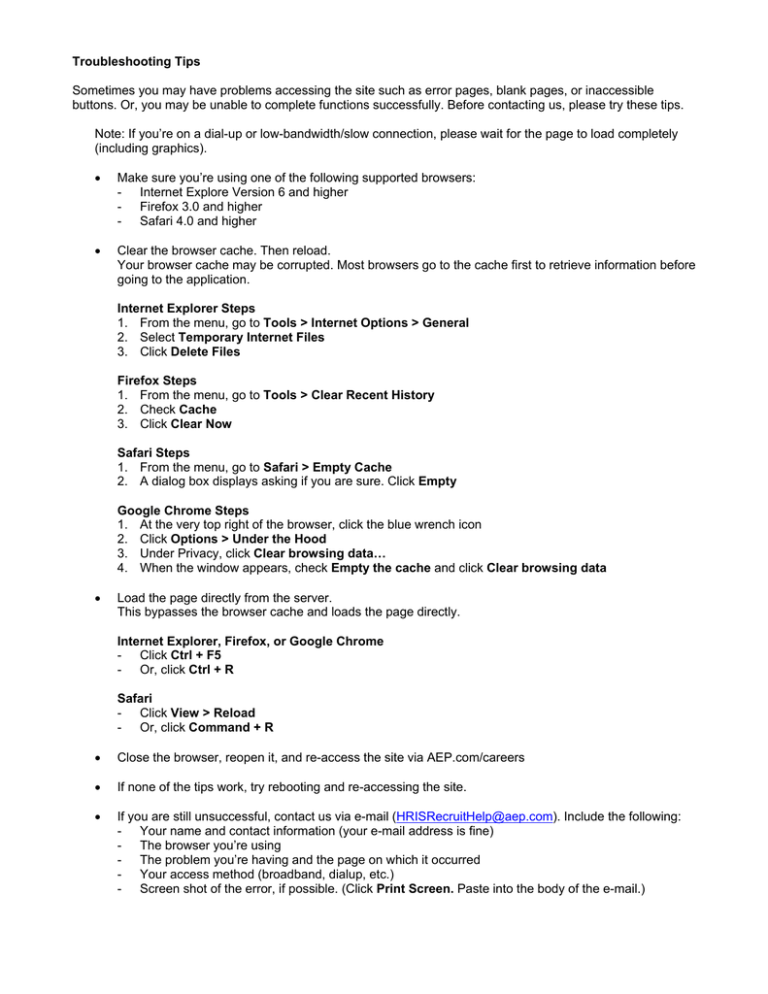


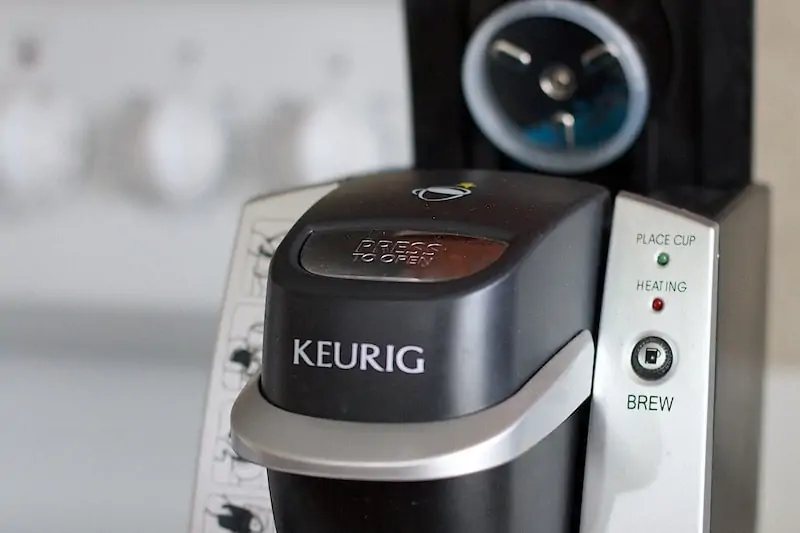

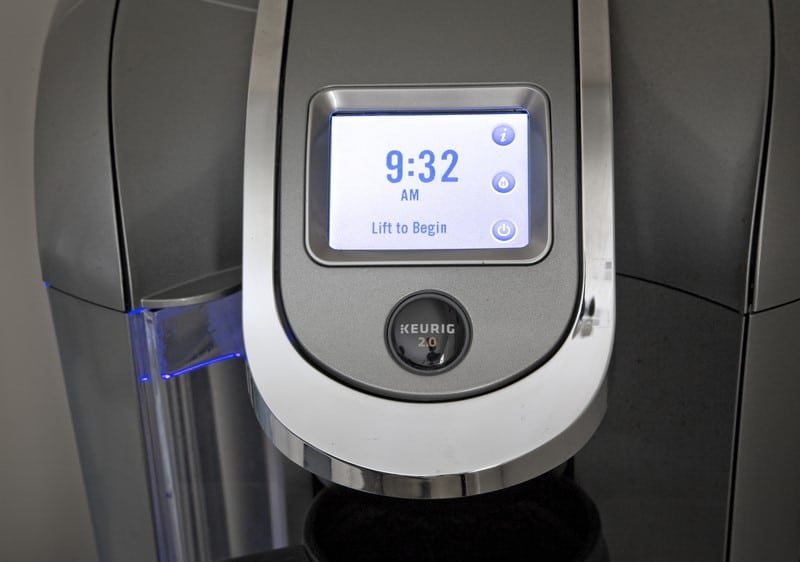











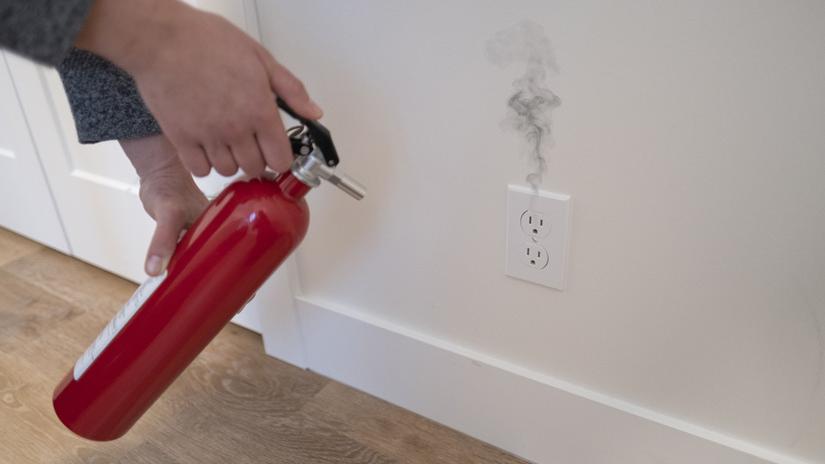
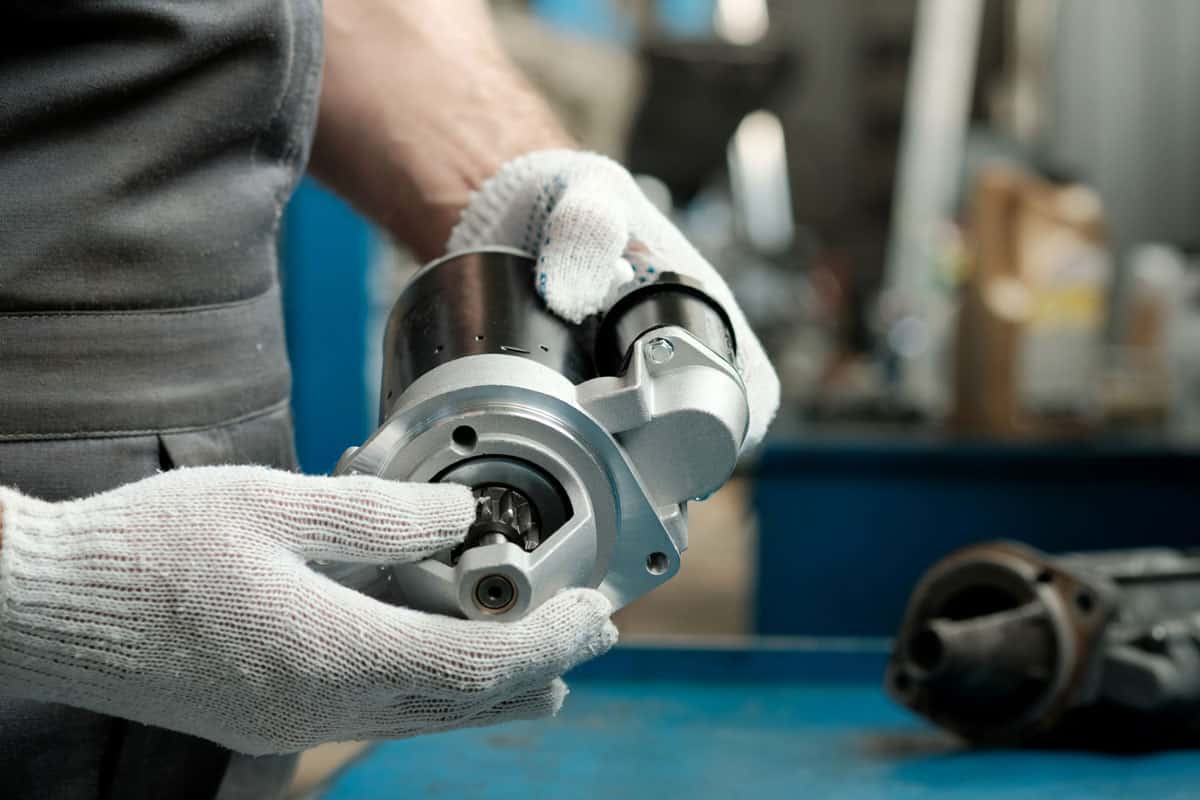
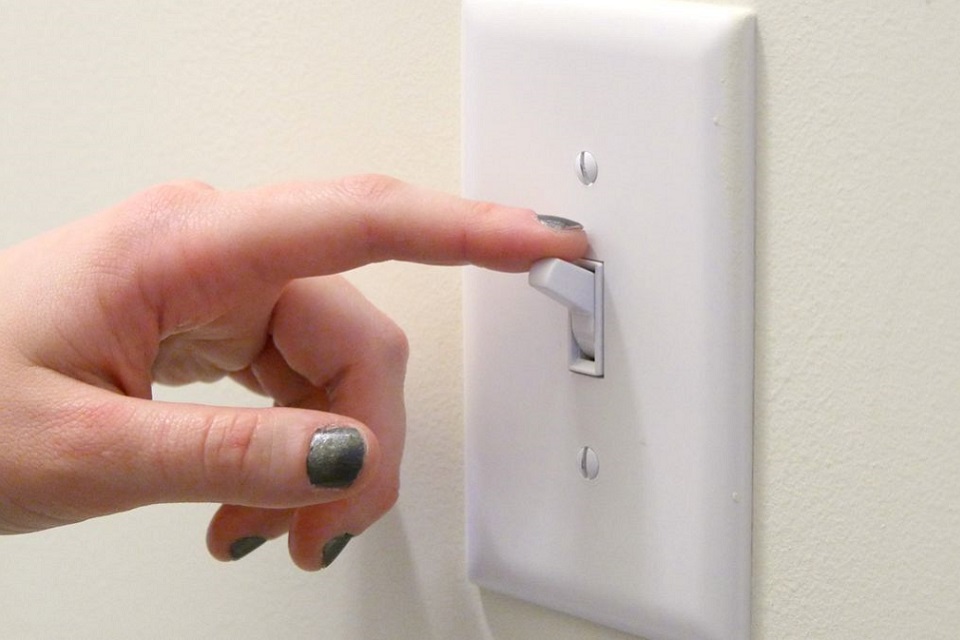
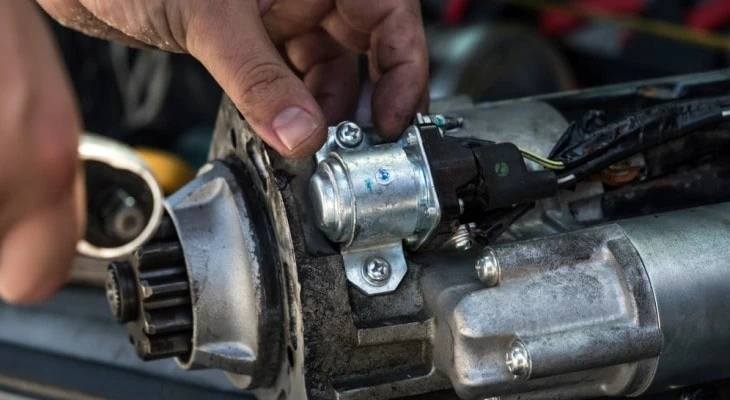



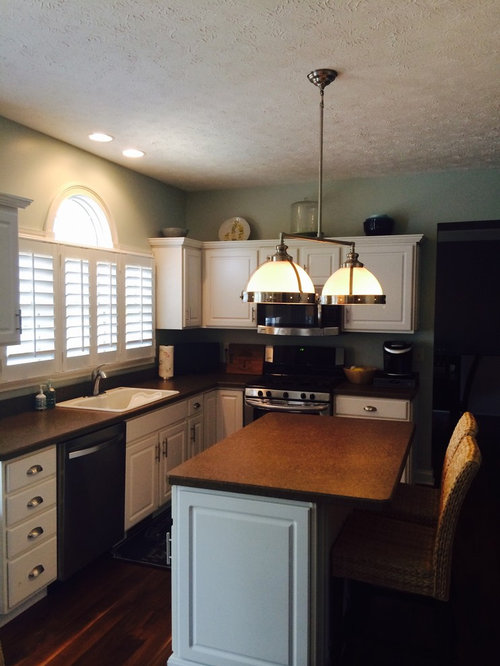
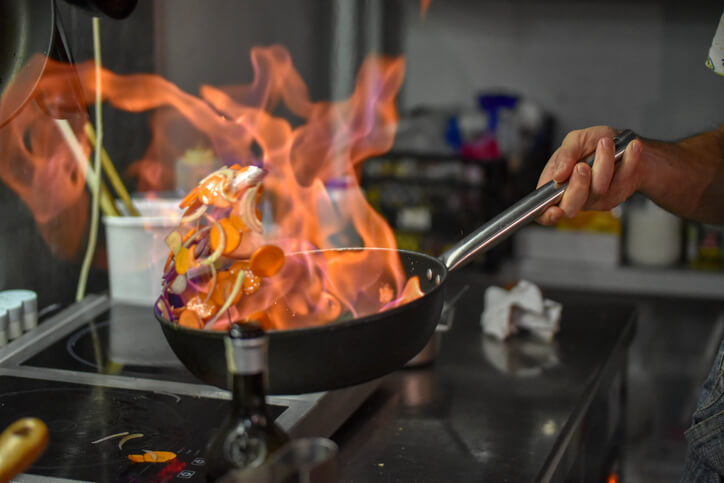


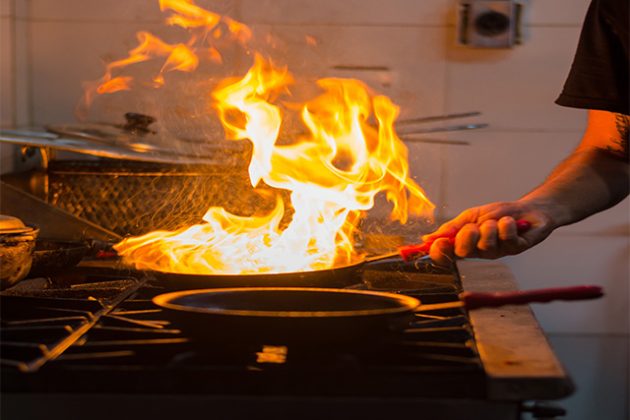
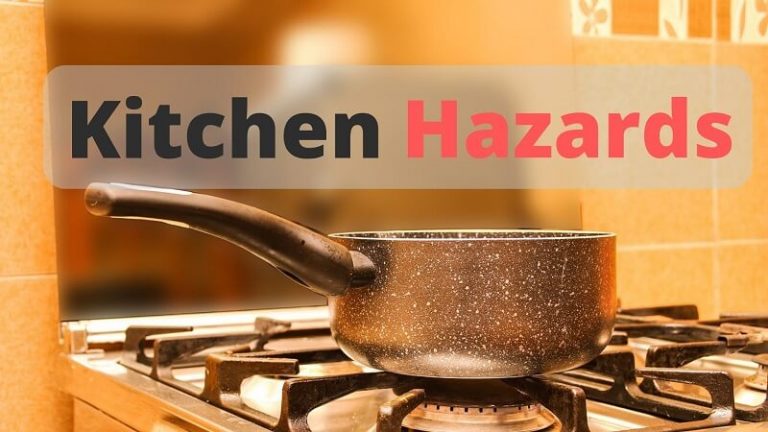







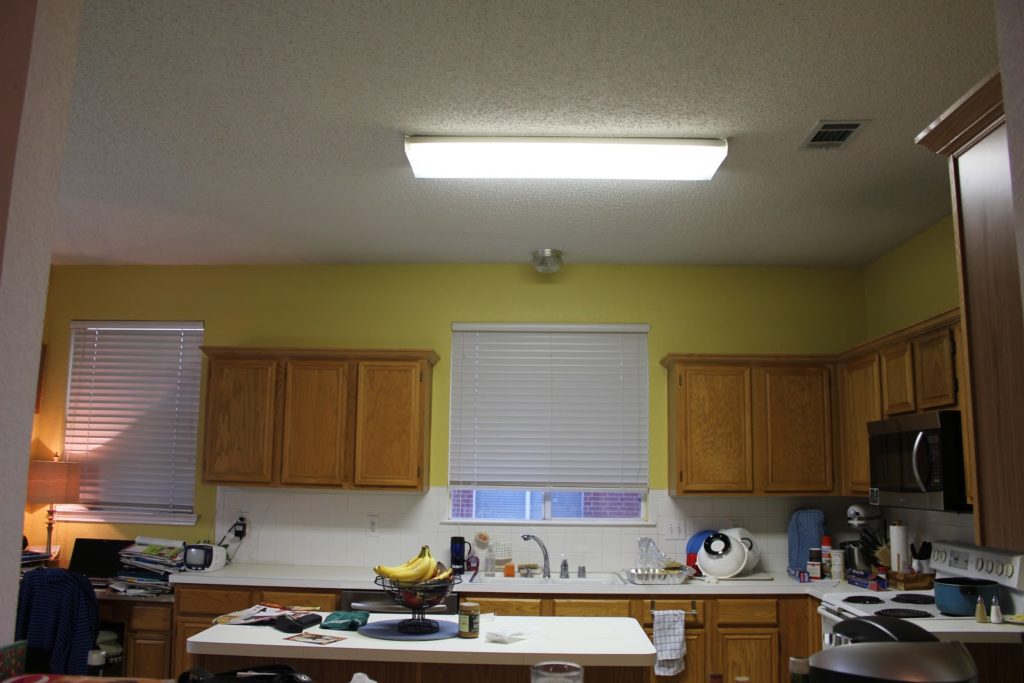

















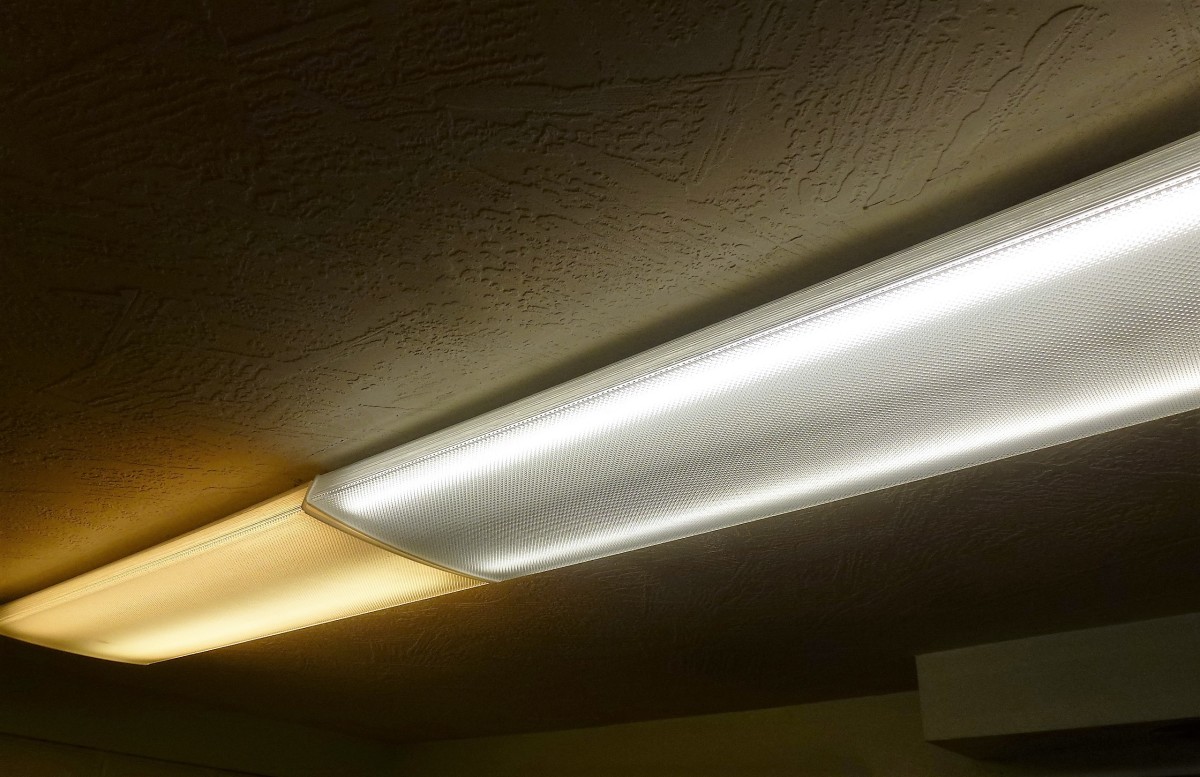
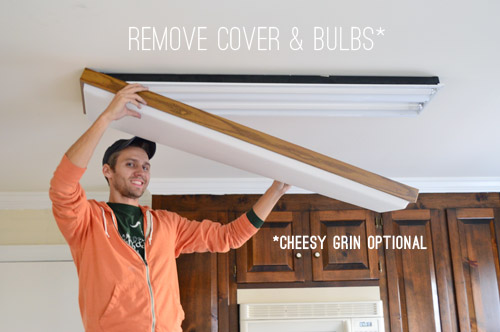






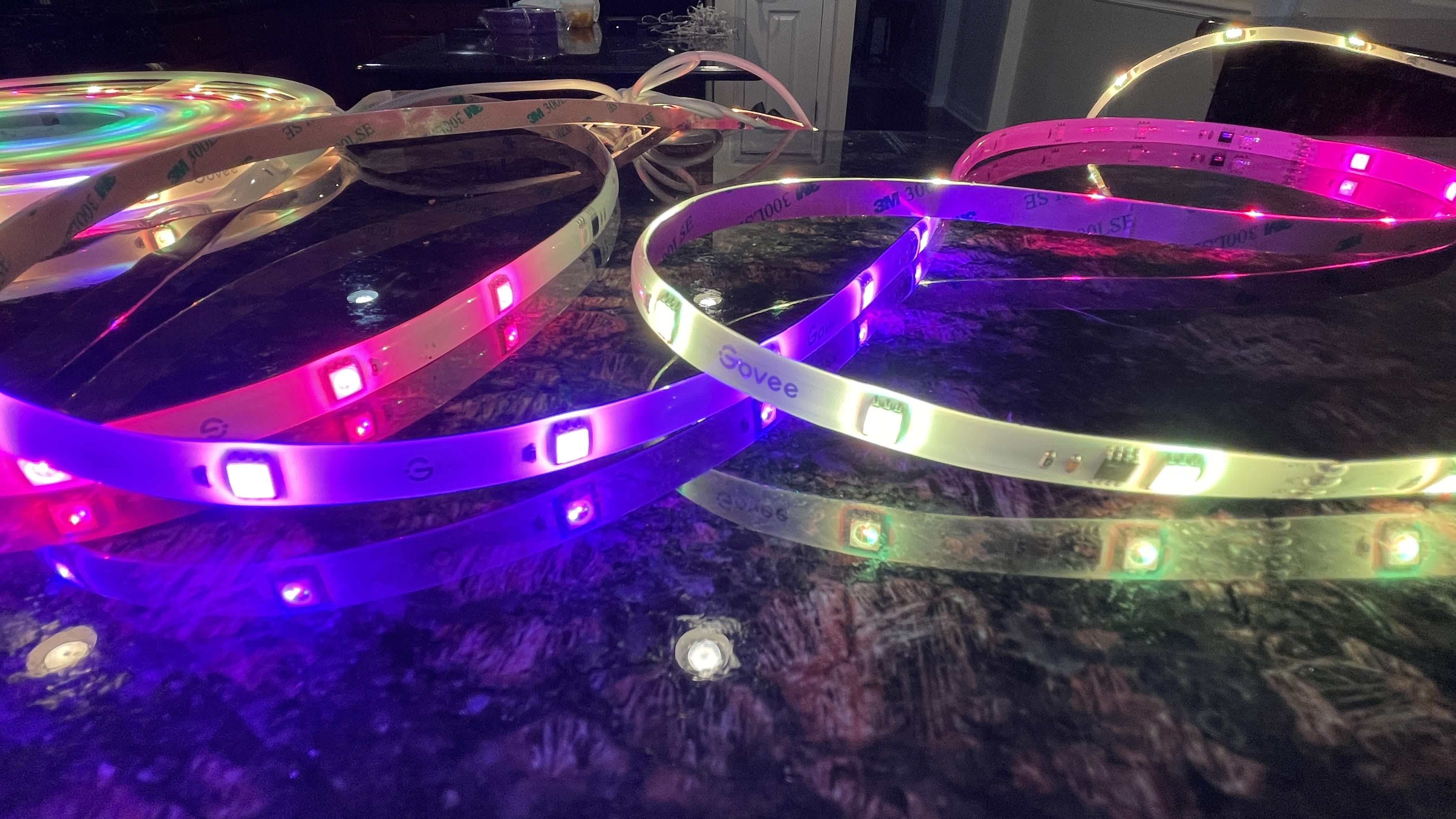


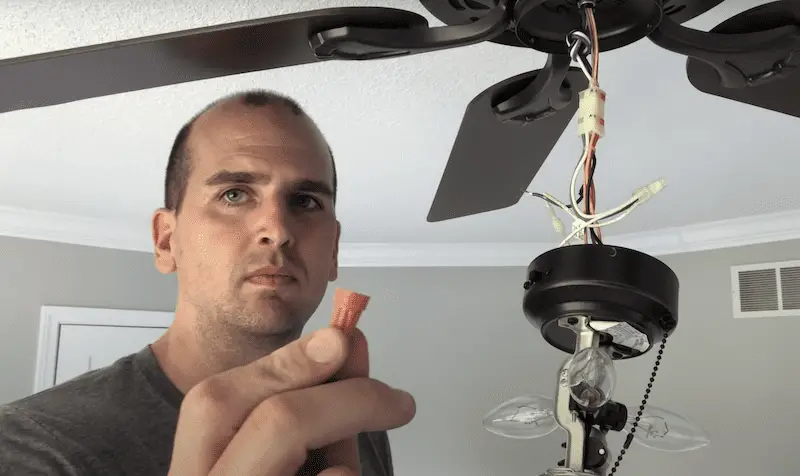
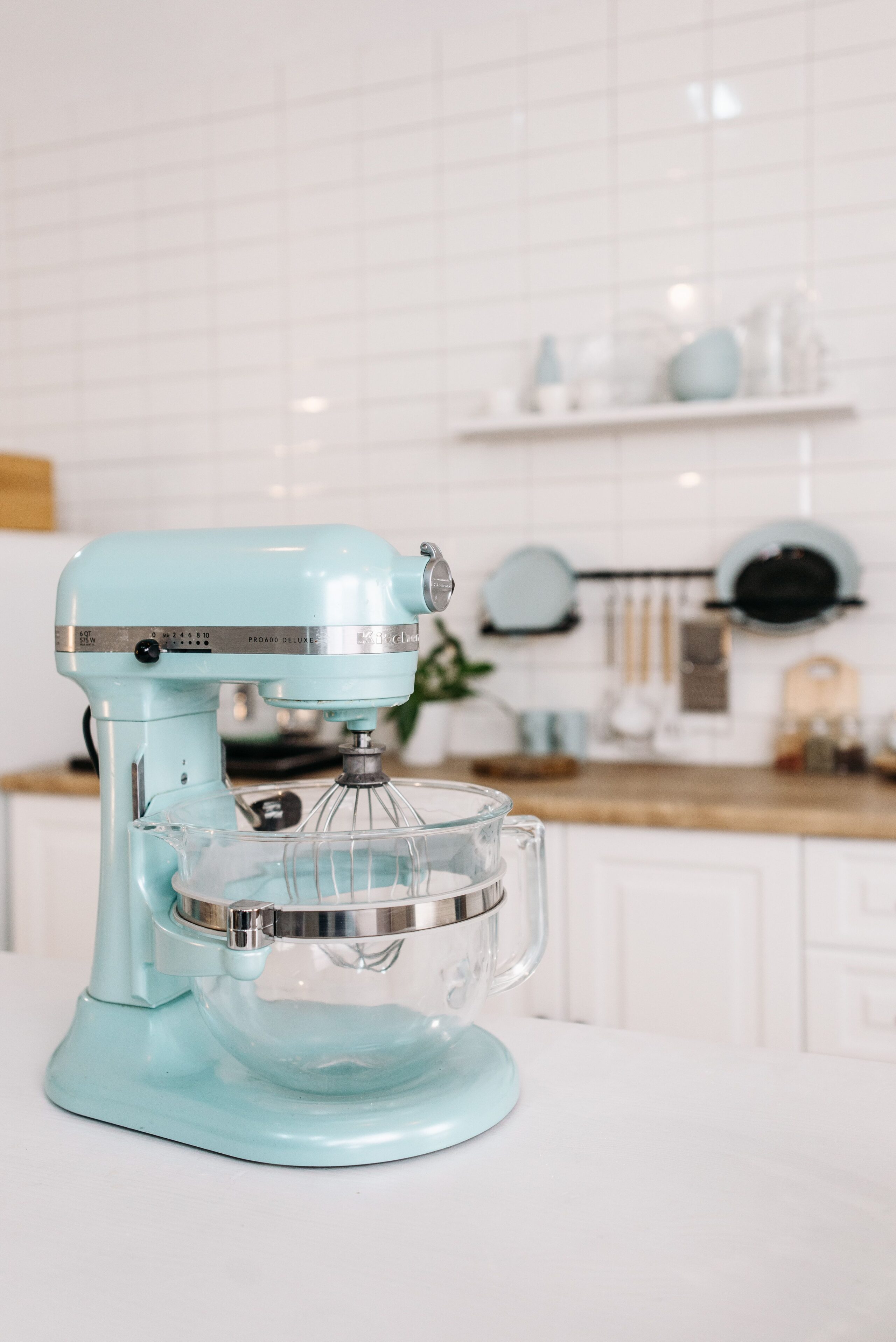


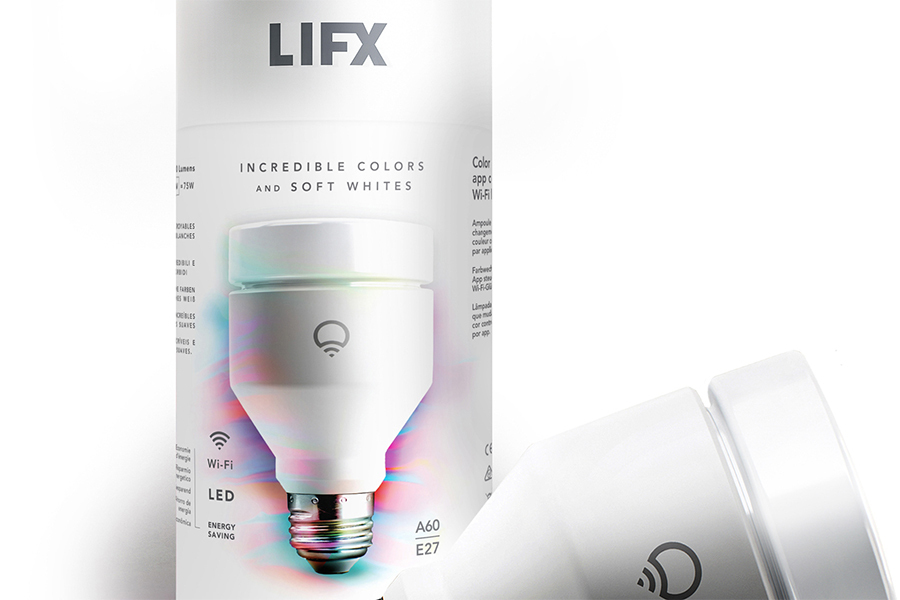




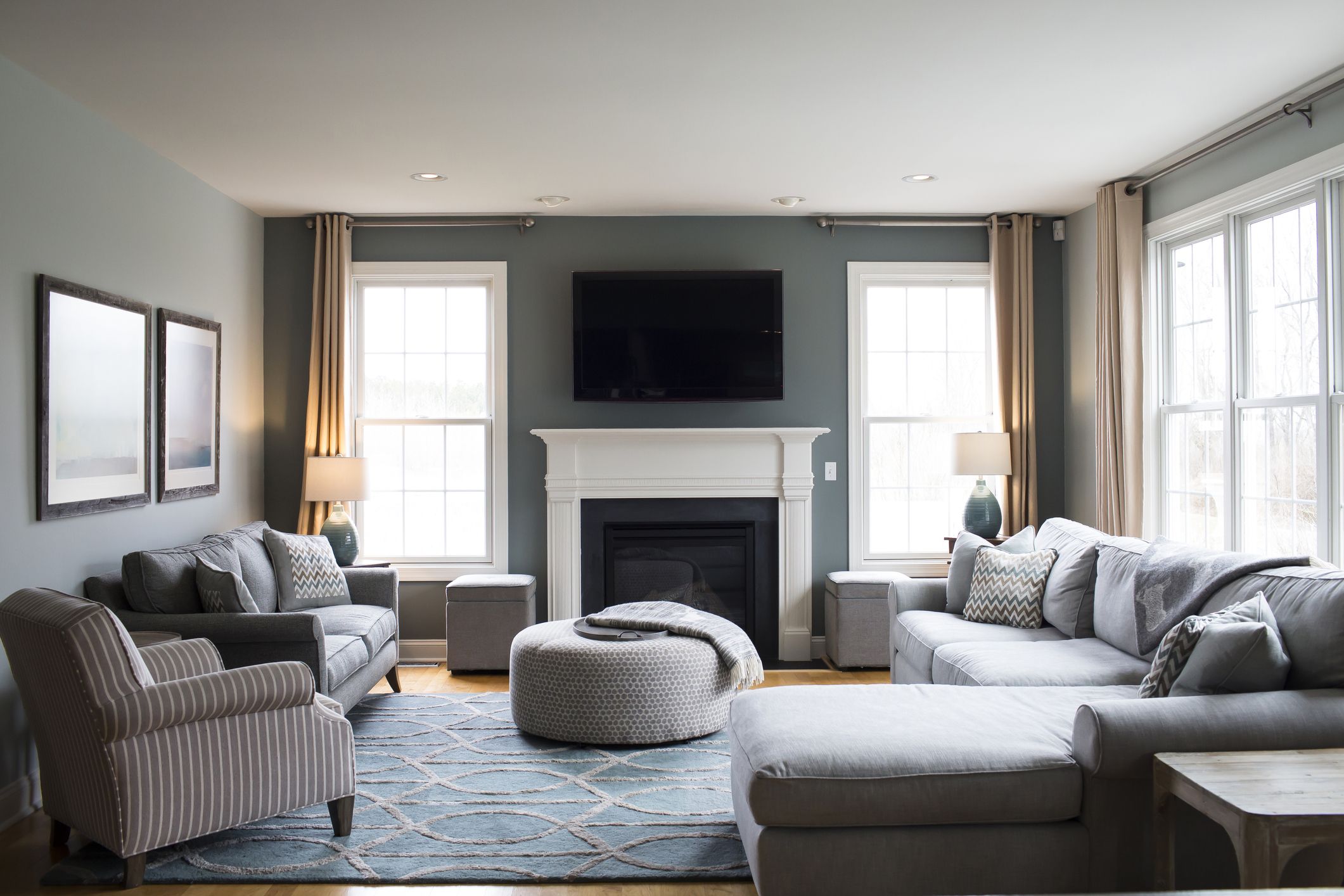

:max_bytes(150000):strip_icc()/_hero_4109254-feathertop-5c7d415346e0fb0001a5f085.jpg)

